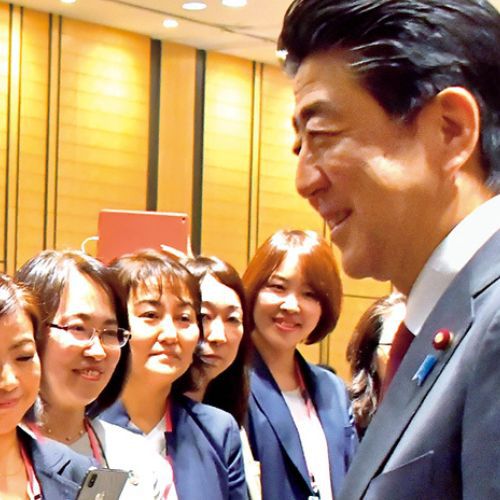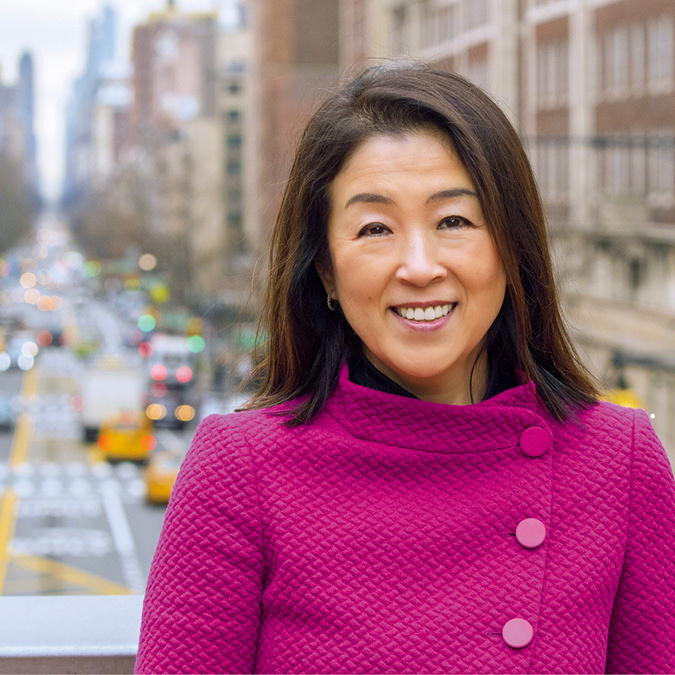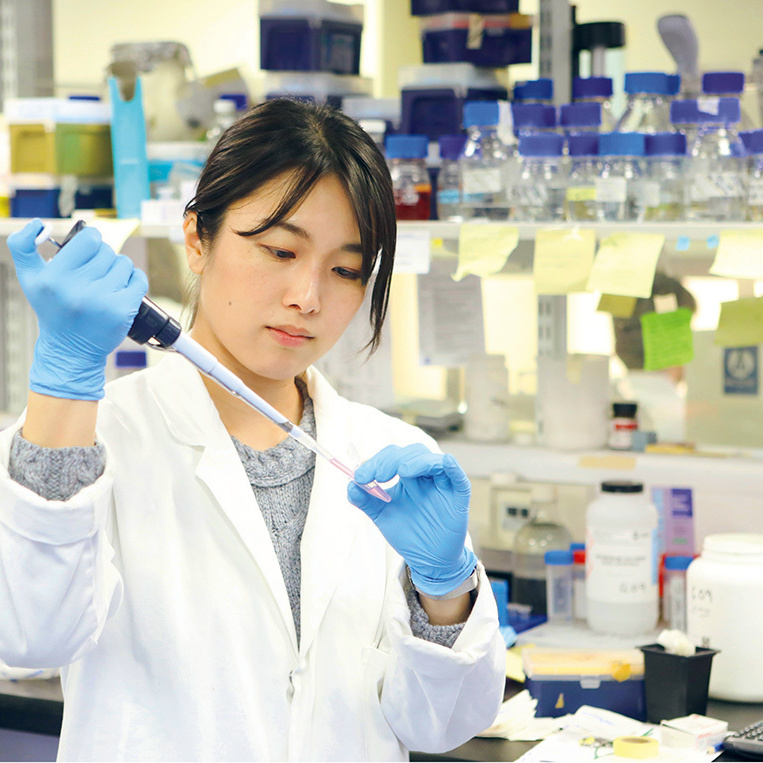Faced with pressing global problems, young people leading the future have begun to take action. Their innovative ideas offer hope for a sustainable world.
The United Nations Sustainable Development Goals (SDGs) aim to ensure a society where all people enjoy peace and prosperity. The field of tourism is not exempt from the call to achieving these SDGs. Development of tourism drives economic growth, creates jobs and improves people’s quality of life (Goal 8: decent work and economic growth, Goal 9: industry, innovation, and infrastructure). How do we develop tourism in line with the SDGs? A group of high school students from the vibrant tourist region of Hokkaido has come up with ideas for a tourism plan that will help revitalize local areas.
Another key area for building a society where people can enjoy prosperity is education. In order to achieve the SDGs’ goal of “quality education (Goal 4),” the high school students from Aichi have put together a proposal to bridge the educational divide. So long as there are young people wise to the need for a sustainable society, it is possible to attain the future that the SDGs strive for.
Student Proposals | Hokkaido
Creating Experience-based Tourism for Enjoying Local Charm
Kutchan in Hokkaido is one of Japan’s leading resort destinations visited by many people from all over the world. At the G20 Tourism Ministers’ Meeting, held in Kutchan in October 2019, eight high school students emphasized the importance of introducing “sustainable participative adventure tourism.” The students proposed the “Be Local, Be Global Project” as a way for rural areas to reap the economic benefits of tourism. AOKI Chinatsu from Hokkaido Kutchan High School explains, “We believe that through communication and direct contact between tourists and local residents, tourists will be able to fully enjoy the local areas (Be Local) and, not only tourists, but local residents can also learn about different cultures (Be Global).” Not only are appealing tourist plans needed to achieve sustainable tourism, but as ISHIZAKI Yuko from the same school added, “multilingual displays and menus for halal and vegan food are also essential.”
One of the hands-on tourism programs proposed by the students is the unique idea of a disaster prevention camp, which views disaster prevention in Japan as a local resource. The goal of this program is to make learning survival skills, like cooking with emergency provisions such as canned food, fun. “Last year’s World Tsunami Awareness Day High School Students Summit was held in Hokkaido, with foreign students experiencing high-school agricultural classes. Through this exchange, we were encouraged to think about ways to make emergency food rations delicious” said MINATOYA Hazuki from the Hokkaido Kutchan Agricultural High School.
KIMURA Airi, also of the same school says, “it’s important to find the appeal of local areas on your own.” After graduating from school, Kimura said she will take a job at the airport, adding, “someday I’d like to help people know more about Kutchan through the work I do.”
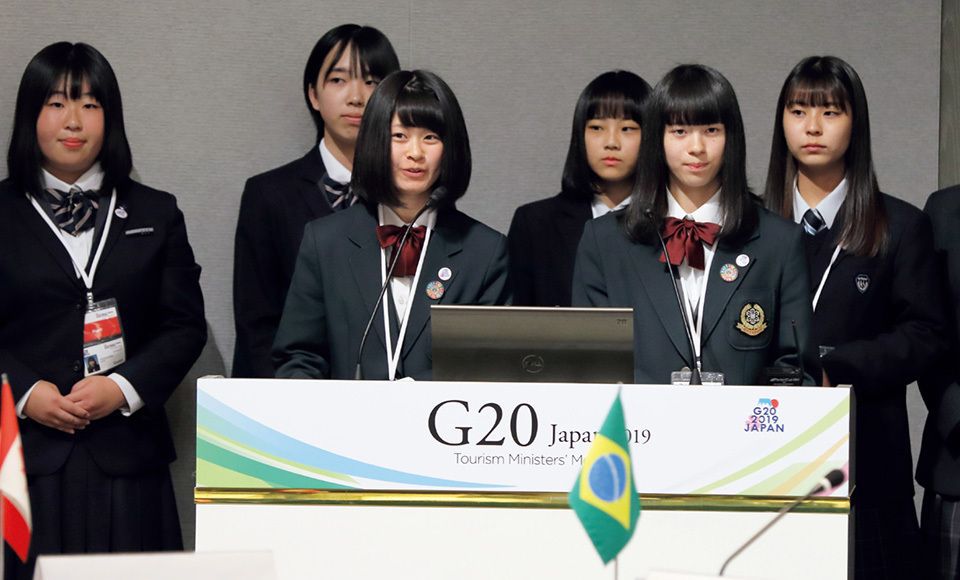
“The first step to achieving sustainable tourism is to get residents themselves thinking about the attractions of the local area,” said the high school students.
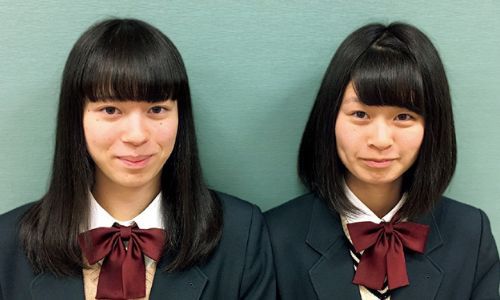
AOKI Chinatsu (left) and ISHIZAKI Yuko from Kutchan High School.
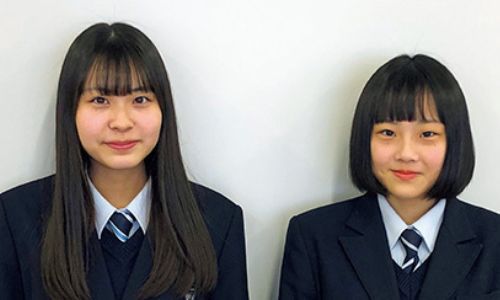
KIMURA Airi (left) and MINATOYA Hazuki from the Kutchan Agricultural High School.
Student Proposals | Aichi
Bridging the Educational Divide Through Distance Learning and Experience Sharing
Resolving educational inequality is the topic chosen by high school students from Aichi Prefecture in response to the theme of “a world we want to achieve by 2030.” 12 students from four schools announced this proposal at the G20 Aichi-Nagoya Foreign Ministers’ Meeting held in November 2019. There are all sorts of inequalities in society, such as economic and work differences, but as someone who has spent a long time living abroad, KAWAKAMI Tohriki, from Meito Senior High School in Nagoya City, says, “having studied abroad myself, I felt that inequality in education is a fundamental issue.”
NAKASHIMA Momoka from Chubu University Haruhigaoka High School says that during the course of her research, she “realized that it is the shortage of teachers that is the hurdle to bridging the educational divide.” The proposal points out that an estimated 18 million teachers worldwide are needed for all primary aged children to receive a school education. “We put forward the idea that all children from around the world would be able to receive an equal education by using distance learning over the internet,” says MURAI Ken from the same school.
“We explained that feedback and information sharing is important between countries” in order to support more effective education, says MIYAO Chino from Meito Senior High School. She goes on to say, “I learned plenty of things that I didn’t know during the talks the 12 of us had. I want to learn more, and relate this learning experience to my own knowledge in the future.” Some of the students who put forward the proposal are considering going to universities in Canada and Malaysia. Their goal is to gain a wider perspective and knowledge base, in order to engage in international exchange.
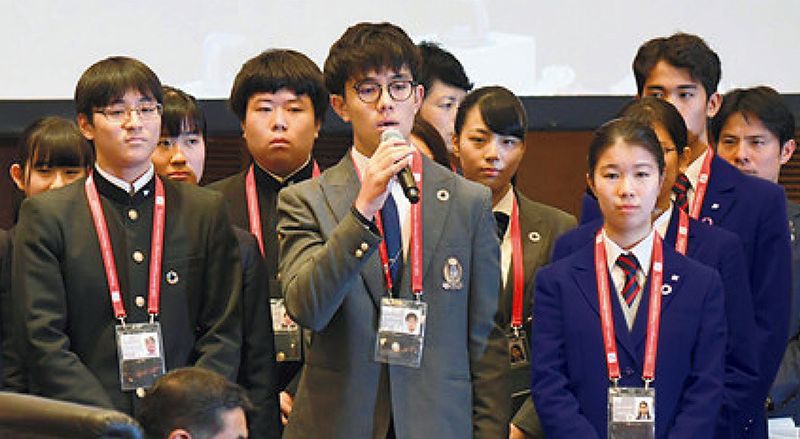
The high school students raised the subject of resolving educational inequality to expand the possibilities for children and adults around the world.
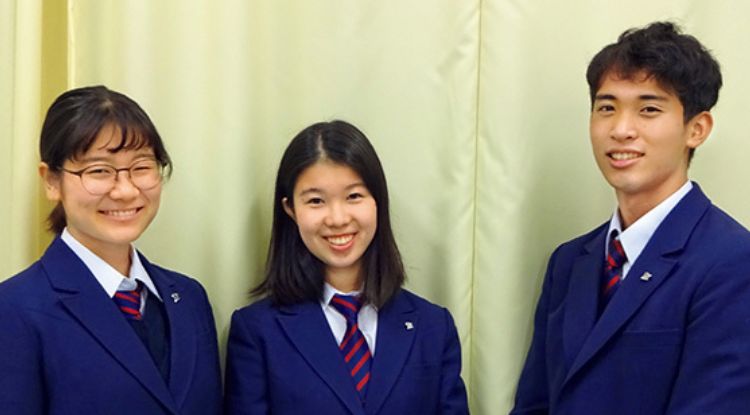
From left to right: MIYAO Chino, OHNO Mayuu, and KAWAKAMI Tohriki from Meito Senior High School.
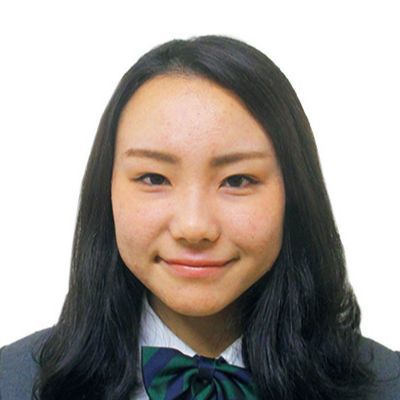
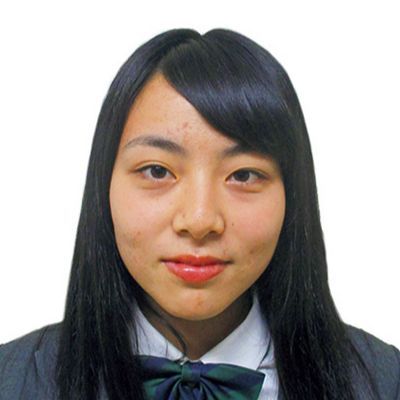
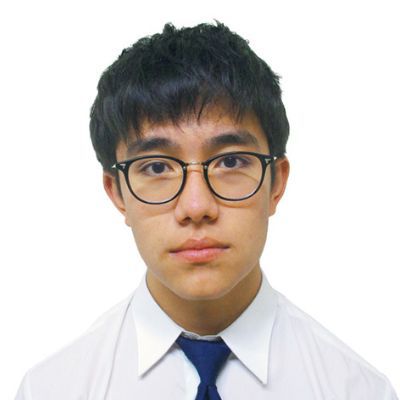
From left to right: NAKASHIMA Momoka, KATAGIRI Eri, and MURAI Ken from Chubu University Haruhigaoka High School.


























